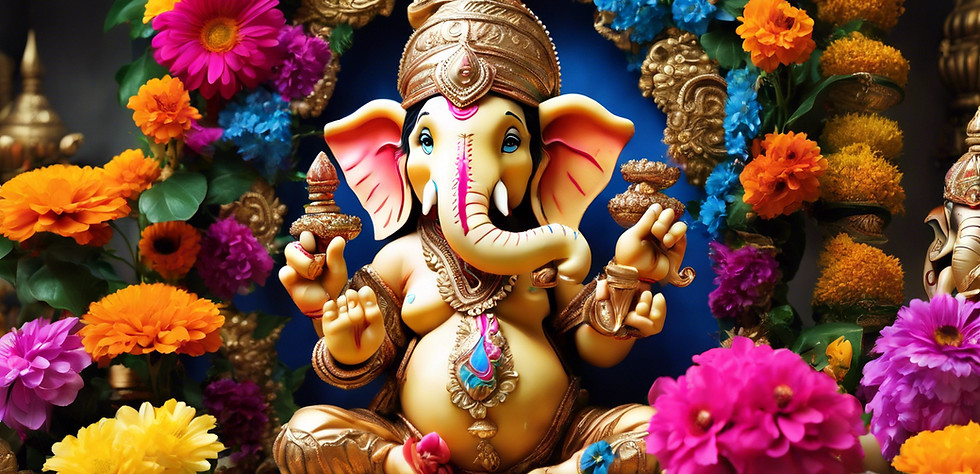
History of Pune Ganeshotsav
The origins of Ganeshotsav can be traced back to ancient times when it was celebrated as a private, family affair. However, it was in the late 19th century that the festival underwent a transformative change, largely due to the efforts of Lokmanya Bal Gangadhar Tilak, a prominent freedom fighter and social reformer. In 1893, Tilak recognized the potential of Ganeshotsav to serve as a unifying force for the Indian populace under British colonial rule. He envisioned the festival as a means to foster nationalistic sentiment and bring people together, transcending regional and caste divisions.
Tilak’s initiative led to the establishment of public Ganeshotsav celebrations in Pune, marked by large processions, elaborate decorations, and communal gatherings. This shift from private to public observance allowed the festival to become a platform for social and political discourse, aligning religious celebration with patriotic fervor. The public celebrations also encouraged local communities to come together, share their cultural heritage, and participate in a collective expression of devotion.
Over the years, Pune’s Ganeshotsav has evolved into a grand affair, characterized by its spectacular scale and creativity. Local Ganesh mandals (associations) take immense pride in their elaborate pandals (temporary structures), which are adorned with intricate decorations and thematic displays. The processions, often featuring towering idols of Lord Ganesha, are accompanied by music, dance, and vibrant floats, creating a festive atmosphere that captivates both participants and spectators.
Beyond the visual splendor, Pune Ganeshotsav is also a time for community service and cultural enrichment. Many mandals organize charitable activities, cultural performances, and social initiatives as part of the festivities. These activities not only enhance the festive experience but also contribute to the city’s social fabric.
The immersion processions, which mark the end of the festival, are both a joyous and somber occasion. Thousands of devotees participate in the procession, carrying the idols to water bodies for immersion, symbolizing the cycle of birth and rebirth. The event culminates with a heartfelt farewell to Lord Ganesha, accompanied by chants of “Ganpati Bappa Morya, Pudhchya Varshi Lavkar Ya” pledging to welcome him again the following year.
Pune Ganeshotsav is a celebration that embodies the city’s spirit of unity, cultural richness, and communal harmony. It reflects the legacy of Bal Gangadhar Tilak and continues to be a significant event that brings together people from all walks of life in joyous celebration and reverence.
.png)